
The Fertile Crescent and First Farmers
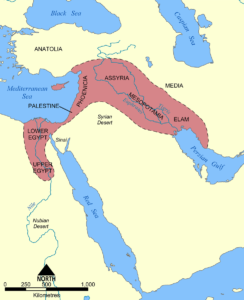
The first farmers settled in the Fertile Crescent along the Euphrates and Tigris river valleys (an area covered by present day Iraq, Syria and Azerbaijan) around 10,000 B.C. The favorable climate and topography of this region permitted the Cro-Magnons and their progeny to experiment in agriculture by growing staple crops like wheat and barley, which they used to make bread, an essential part of the diet of every early civilization. These agriculture based communities represented a fundamental shift in the mindset of early humans. Where in the past early humans had followed their food as hunter gatherers, now, they discovered a means to sustain themselves by manipulating the natural resources and animal life in their immediate environment. Soon semi-permanent communities evolved from these farming communities, bringing with them more innovations, including the domestication of animals and irrigation techniques which assisted them in their cultivation of plants for crops.
The existence and very survival of the first farmers relied on favorable environmental conditions and so we find that these early humans worshipped “mother-goddesses”, and believed that like the Earth, the responsibility for giving life to all living things rested on these deities. These early “Mother Goddesses” represented the Earth Mother, a deity whose symbol of fertility would evolve in one form or another in the early Middle Eastern and classical Western societies that followed. With their more rooted lifestyle, these early farmers spent more time thinking about ways to improve their way of life.
Innovations that Contributed to Early Civilizations:
The innovations that followed resulted in the design improvements of simple tools to assist the early farmers in clearing their land more effectively and in building more permanent dwellings. These developments eliminated the need for the early humans to continue their hunter-gatherer lifestyle and gradually villages sprang up around the farming communities along the Fertile Crescent. Later, other ancient civilizations in the fertile regions of China, northwest India, Iran, Egypt, southern Europe and Mexico would follow similar agricultural development patterns.
The Domestication of Animals: Early humans first learned to domesticate animals with the dog in approximately 10,000 B.C. and used them for herding and for night guarding purposes. These farmers then learned to domesticate horses, goats and sheep and also experimented with breeding these animals in order to control certain desirable characteristics. By herding goats, sheep, pigs and cattle, the early farmers found they could now sustain themselves with the meat, milk, hides and wool obtained from these animals.
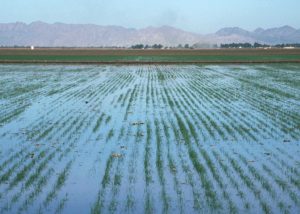
The Invention of Irrigation: Early farming communities needed to find a way to bring water to their crops. And the invention of irrigation systems, reservoirs of water connected to farm lands via sluiceways and channels enabled early farmers to divert water from its source for their farming purposes. With these irrigation systems, the farmers could make land lying far from a natural water source fertile. Irrigation and drainage systems also permitted early farmers to control annual flood water to their advantage, thus contributing to a more stable and secure way of life.
Dwellings and Storage Facilities: Early farmers built thatched wooden and straw homes and pens in which to keep their domesticated animals. During the day they would herd their animals in open pastures and would tend their vegetable patches. With experience, the early humans developed new techniques for storing food, fertilizing their fields and making tools. Over time, some farming communities began to barter and trade their goods with neighboring villages and travelers which led to the growth of trade and the founding of the first towns and civilizations.
Family History
Family Births
- On 1608-05-01, Hans Wyshans SCHMIDT is born in Zürich, Zurich, Switzerland
- On 1634-05-01, Hannah JACKSON is born in London, England
- On 1670-05-01, Elizabeth WHITE is born in Marshfield, Plymouth, Massachusetts, United States
Family Deaths
- On 1589-05-01, Gratia SHUTLEWOORTHE dies in Whalley Parish, Lancashire, England
- On 1698-05-01, Hester WAKEMAN dies in New Haven, New Haven, Connecticut, United States
- On 1718-05-01, John BURNETT II dies in South Farnam Parish, Essex, Virginia, United States
- On 1885-05-01, William Fisher HOWARD dies in place unknown
- On 1931-05-01, Robert Davis TWYMAN dies in Fulton, Georgia
- On 2003-05-01, Elizabeth Gilley KINCHELOE dies in place unknown
- On 2005-05-01, Briggs Leon TWYMAN dies in Lubbock, Lubbock, Texas, United States
| Paternal Line | Maternal Line | ||
|---|---|---|---|
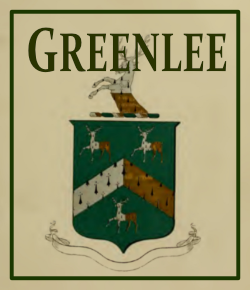 |
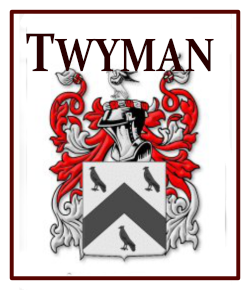 |
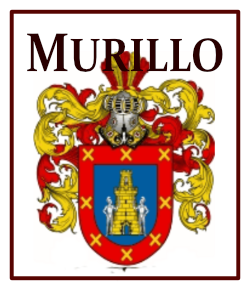 |
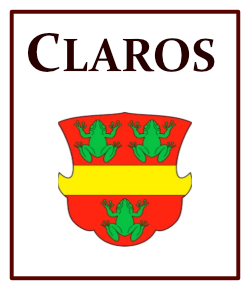 |
Categories
Genealogy
- Genealogy Portal
-
Search genealogical information related to the Greenlee, Murillo, Twyman and Claros families. Please contact us if you think we're related and can help each other in expanding our ancestry trees.
